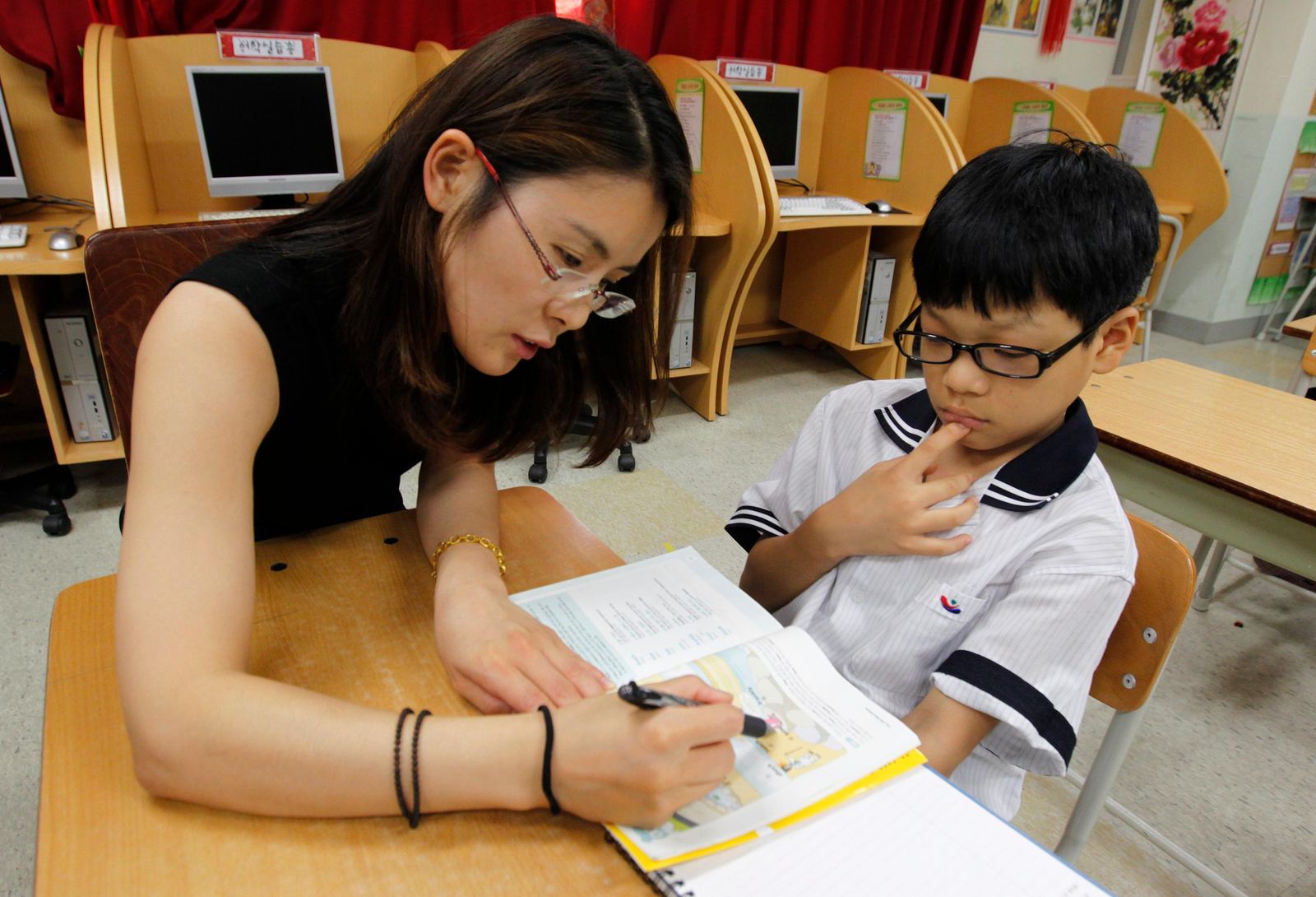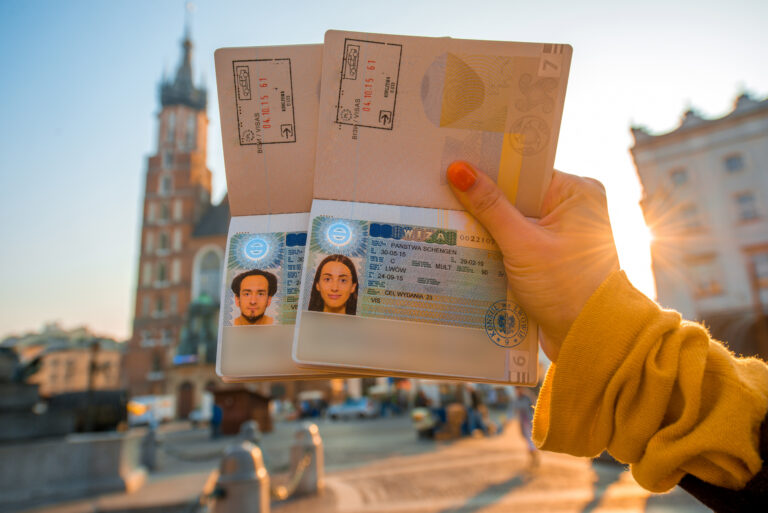Embarking on a fully funded PhD in Europe is a game-changer for your career—and your wallet. You’ll pursue cutting-edge research, build an international network, and discover life-changing opportunities without worrying about skyrocketing tuition or travel bills. This guide uncovers five proven 2025 PhD funding routes in Europe that cover:

- Full tuition & university fees
- Generous living allowances
- Flight reimbursement for your international move
Read on to find the best fit for your research goals and learn exactly how to apply—step by step.
Table of Contents
- Why Choose Europe for Your PhD?
- Top 5 Fully Funded PhD Scholarships for 2025
- Marie Skłodowska-Curie Doctoral Networks
- DAAD Research Scholarships (Germany)
- European University Institute (Italy)
- Erasmus+ Joint Doctorates (via MSCA)
- Swiss Government Excellence Scholarships
- How to Compare & Choose the Right Program
- Step-by-Step Application Blueprint
- Insider Tips: Boost Your Success Rate
- Frequently Asked Questions
- Conclusion: Take Charge of Your Future
1. Why Choose Europe for Your PhD?
- Zero or Low Tuition: Many public universities waive tuition for doctoral candidates.
- High Living Standards: Competitive stipends account for local cost-of-living indices.
- Global Networks: Collaborate with leading researchers across multiple institutions.
- Quality of Life: From cultural immersion to robust healthcare and transport.
- Travel Support: Several schemes refund your flight to and from Europe.
Europe offers a unique blend of academic excellence, financial security, and personal growth—all critical to launching a stellar research career.
2. Top 5 Fully Funded PhD Scholarships for 2025
Below, you’ll find in-depth overviews of five flagship European PhD funding schemes. Each section includes:
- What’s covered (tuition, stipend, travel)
- Eligibility & duration
- Key deadlines & application links
2.1 Marie Skłodowska-Curie Doctoral Networks (MSCA-DN)
Coverage
- Living allowance: €4,880 per month (corrected by country coefficient) (Academia Stack Exchange)
- Mobility allowance: additional top-up for relocation & family (marie-sklodowska-curie-actions.ec.europa.eu)
- Tuition & research costs: fully covered under project budget
Duration: 3–4 years
Deadline: Varies by network (typically Nov 2024–Feb 2025)
Who Should Apply: Early-stage researchers (< 4 years’ experience) in thematic doctoral consortia.
Why It’s Stellar
- International secondments across Europe
- Training in transferable skills & entrepreneurship
- Automatic EU health & social security coverage
🔗 MSCA Doctoral Networks – Official Guide
2.2 DAAD Research Scholarships (Germany)
Coverage
- Monthly stipend: €1,760 for PhD candidates (DAAD)
- Travel allowance: flat-rate grant to cover round-trip airfare (GradRight)
- Health & accident insurance: full coverage during stay
Duration: 36–48 months
Deadline: 31 January 2025
Who Should Apply: Outstanding graduates from any country planning doctoral research in Germany.
Why It’s Stellar
- No teaching duties—focus on research
- Access to DAAD alumni network & career services
- Option to extend or switch to postdoc funding
🔗 DAAD Research Grants – Detailed Info
2.3 European University Institute (EUI) PhD Fellowships (Italy)
Coverage
- Annual stipend: €26,600 plus lump-sum research fund
- Travel reimbursement: up to €1,000 for initial relocation
- Tuition: fully waived for EUI degrees
Duration: 48 months
Deadline: 30 November 2024
Who Should Apply: Candidates in social sciences & humanities; strong publication record advantageous.
Why It’s Stellar
- Interdisciplinary cohorts of 150+ researchers
- Dedicated career development & language courses
- Vibrant academic community in Florence
🔗 EUI PhD Fellowships – Apply Here
2.4 Erasmus+ Joint Doctorates (via MSCA)
Note: EMJDs have been integrated into the MSCA Doctoral Networks, but some programs still brand under “Erasmus+ Joint Doctorate”.
Coverage
- Monthly allowance: €1,000–1,400 for living costs (Erasmus Mundus)
- Travel & installation grant: €1,000–3,000 (one-time)
- Tuition waivers: included as participation costs
Duration: 3–4 years
Deadline: Program-specific (Jan–Feb 2025)
Who Should Apply: Research consortia requiring mobility across 3+ countries.
Why It’s Stellar
- Joint/multiple doctoral degrees from partner universities
- Intensive research training, language & cultural modules
- Strong focus on employability in academia & industry
🔗 Erasmus+ Joint Doctorates – Details
2.5 Swiss Government Excellence Scholarships
Coverage
- Monthly stipend: CHF 2,100 for PhD scholars
- One-off relocation grant & family allowance (if applicable)
- Tuition: waived at Swiss host university
Duration: 36 months
Deadline: 15 December 2024
Who Should Apply: International candidates with master’s degree in all academic fields.
Why It’s Stellar
- Highly competitive—boosts your CV
- Networking with global fellows in Bern
- Optional Swiss language courses
🔗 Swiss Excellence Scholarships – Official Site
3. Compare at a Glance: Scholarship Snapshot
| Scholarship | Country | Stipend (€/CHF) | Living Costs | Flight Reimbursement | Deadline |
|---|---|---|---|---|---|
| MSCA Doctoral Networks | EU (various) | €4,880 + mobility allowance | 100 % (indexed) | Yes (mobility allowance) | Nov ’24–Feb ’25 |
| DAAD Research Scholarships | Germany | €1,760 | Full stipend | Flat-rate travel grant | 31 Jan 2025 |
| European University Institute Fellowships | Italy | €26,600 annually | Lump-sum research budget | Up to €1,000 | 30 Nov 2024 |
| Erasmus+ Joint Doctorates (MSCA umbrella) | EU (various) | €1,000–1,400 | Indexed monthly allowance | €1,000–3,000 installation grant | Program-specific (Jan ’25) |
| Swiss Government Excellence | Switzerland | CHF 2,100 | Full stipend | One-off relocation grant | 15 Dec 2024 |
4. Step-by-Step Application Blueprint
- Identify Your Top 2–3 Programs
- Match research themes, host institutions, and deadlines.
- Gather Core Documents
- CV (EUropass format recommended)
- Research proposal (2–3 pages)
- Transcripts & degree certificates
- Two academic references
- Tailor Your Research Proposal
- Align with consortium goals (MSCA) or institute priorities (EUI).
- Highlight methodology, impact, and mobility plan.
- Secure Letters of Support
- Contact potential supervisors early (at least 2 months before deadline).
- Request a brief letter on institutional letterhead.
- Submit & Track
- Use the Funding & Tenders Portal (MSCA) or DAAD portal.
- Confirm receipt and check for any missing items.
- Prepare for Interviews
- Some schemes (e.g., EUI) require a shortlist interview.
- Practice presenting your research plan clearly and confidently.
5. Insider Tips: Boost Your Success Rate
- Start Early: Deadlines cluster in Nov–Jan; don’t scramble last minute.
- Precision Matters: Stick to page/word limits; use bullet points for clarity.
- Network: Attend online info sessions, reach out to current fellows.
- Language Prep: Secure IELTS/TOEFL or TestDaF well before deadlines.
- Budget for Visas: Some grants reimburse later—plan for initial outlay.
6. Frequently Asked Questions
Q1: Can I hold two EU-funded scholarships simultaneously?
No—EU rules prohibit stacking MSCA or Erasmus+ awards on the same project.
Q2: What about family relocation costs?
MSCA offers a family allowance if you have dependents (check specific work programme) (marie-sklodowska-curie-actions.ec.europa.eu).
Q3: Are language courses covered?
DAAD and EUI provide optional language training as part of your funding package.
Q4: Can I apply if I already live in Europe?
Yes—most schemes require “mobility” from your country of residence but allow intra-EU moves.
Q5: What’s the visa process like?
Begin immediately after acceptance; funds cover visa fees in most DAAD & Swiss awards.
7. Conclusion: Take Charge of Your Future
You now have a clear roadmap to fully funded PhD success in Europe—no more tuition worries, generous living stipends, and even flight support. Pick the scheme that aligns with your research vision, follow the step-by-step blueprint, and apply well before the deadlines. Your doctoral dream in Europe starts today!
🔗 Ready to apply? Bookmark this post, share with fellow applicants, and dive into those proposals. European research excellence awaits—you’ve got this!
























